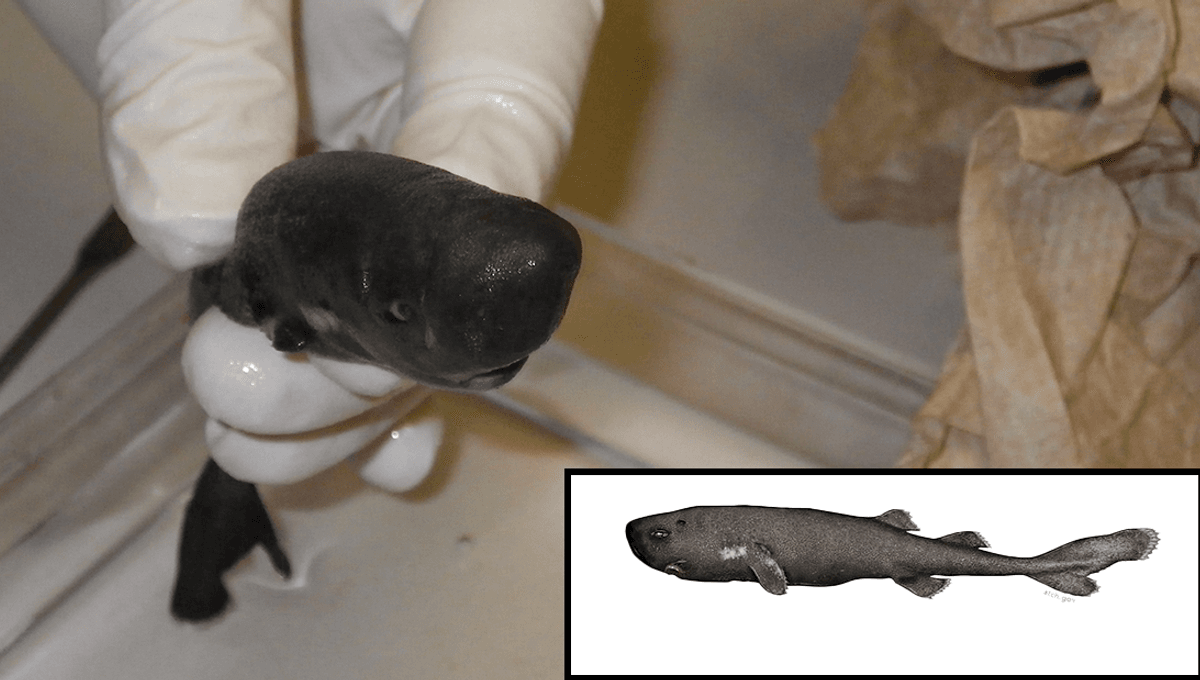
Some creatures are only known from very few specimens, like the pocket sharks, which were discovered once in 1979, from one specimen, then were not seen again until a slightly different species turned up in 2015. To date, these remain the only known pocket shark specimens to have ever been found.
The rest of this article is behind a paywall. Please sign in or subscribe to access the full content.
As a result, the little we know about pocket sharks comes from these two specimens alone. The first was named Mollisquama parini after the Russian ichthyologist Nikolai Vasilevich Parin. It had been collected in the southeast Pacific Ocean back in 1979, formally described in 1984, and is now stored at the Zoological Museum in St Petersburg, Russia.
Fast forward to the 2010s, and the second-ever pocket shark specimen was identified from the Gulf of Mexico. However, this specimen had some differences from the first, described in a 2015 and 2019 study. It has fewer vertebrae, different teeth, and organs over most of its body that scientists reckon could be producing light in the deep sea. This new species was named Mollisquama mississippiensis, or the American pocket shark, due to the Mississippi River Basin that feeds into the Gulf of Mexico.
“In the history of fisheries science, only two pocket sharks have ever been captured or reported,” Mark Grace, of NMFS Mississippi Laboratories and lead author of both studies, said in a statement from 2019. “Both are separate species, each from separate oceans. Both are exceedingly rare.”
Interestingly, the newer specimen wasn’t found in the ocean but in NOAA’s lab in Pascagoula. It was collected off the coast of Louisiana in the deep sea by a 2010 mission that was looking at sperm whales. It was only after the specimen was rediscovered in the lab after the whale study that further investigation started.
“The pocket shark we found was only 5 and a half inches long, and was a recently born male,” said Grace in an earlier statement.
“This record of such an unusual and extremely rare fish is exciting, but [it’s] also an important reminder that we still have much to learn about the species that inhabit our oceans.”
Pocket sharks are given their name not for their pocket size, but from pectoral pockets that are found behind their fins. These pockets have puzzled scientists since they were first seen, but have been found to hold a bioluminescent fluid that might be released with movement of the fins or as a defense against predators.
Genetic analysis has also revealed that these pint-sized species are closely related to cookiecutter sharks, both members of the shark family Dalatiidae, which also contains kitefin species. Though it has never been observed, it is thought that pocket sharks may feed in the same manner as the cookie cutters, taking an oval plug of flesh from their prey.
Source Link: Meet The Pocket Sharks: They’re Rare, They’re Tiny, And They’re Something Of A Mystery